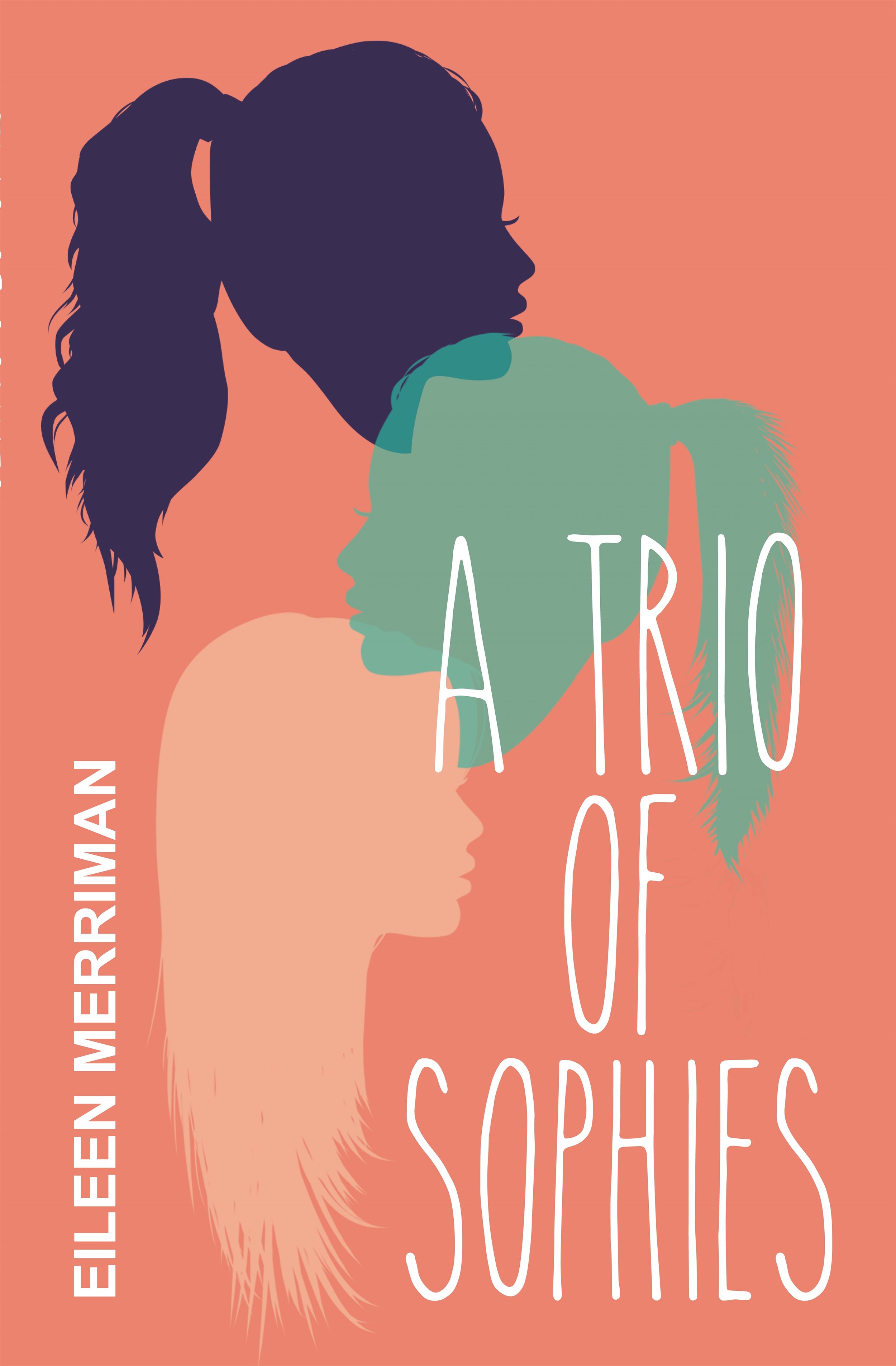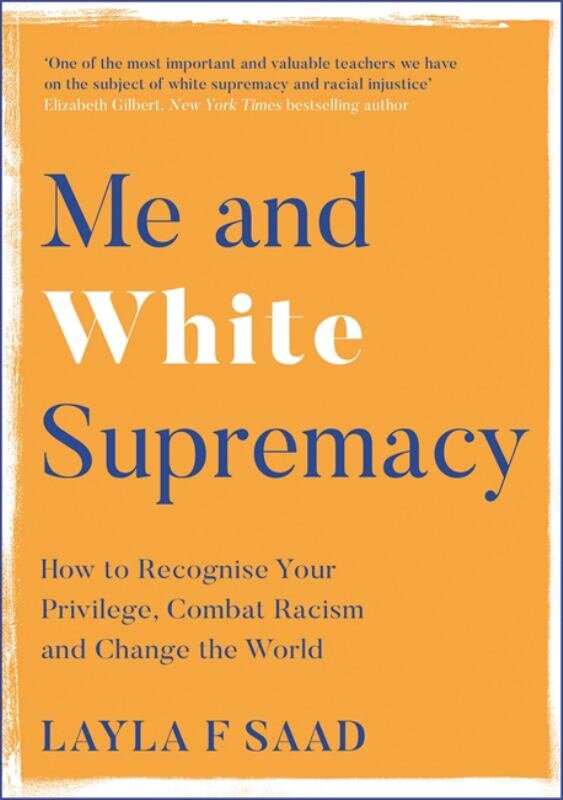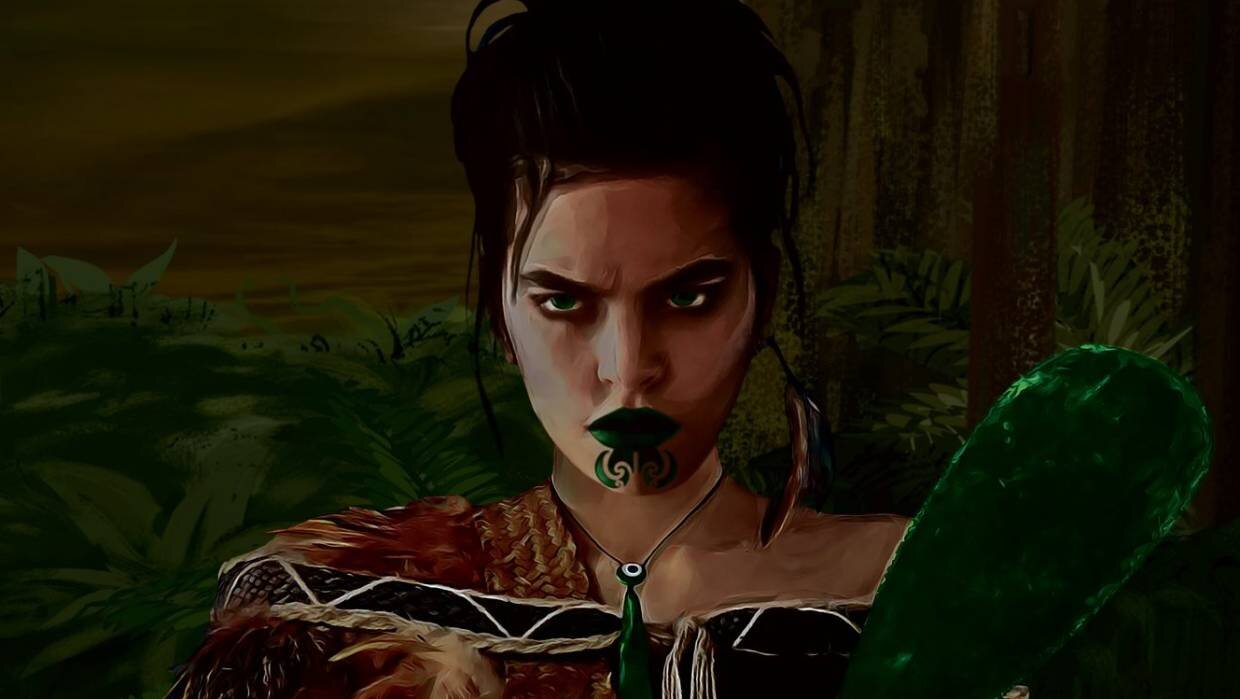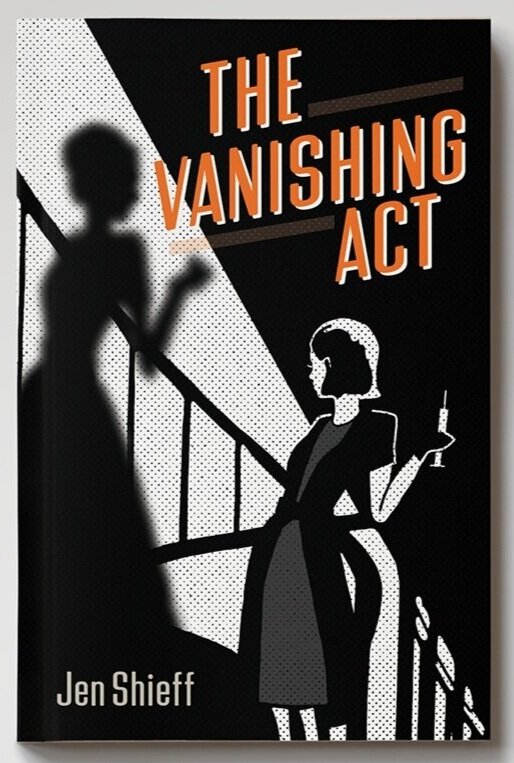I started off 2023 writing my one hundredth arotake pukapuka (book review). I was commissioned to write a review of A Runner’s Guide to Rakiura: A novel by Jessica Howland Kany for Landfall Review Online, which they published in April. It’s a buried-treasure adventure novel set on Rakiura (Stewart Island).
A Runner’s Guide to Rakiura is a debut novel with all the associated pros and cons thereof. Despite its flaws—too long, too autobiographical, stuffed too full of every little thing it occurred to the kaituhi (author) to include—I do recommend it. Kany’s enthusiasm for storytelling and love of language, along with her particular gift for dialogue, win the day. Buy it from the publisher or your local toa pukapuka (bookshop).
My second arotake pukapuka of 2023 is also of a new author’s first pukapuka. I was commissioned to write a review of There’s a cure for this: A memoir by Dr Emma Espiner (Ngāti Tukorehe, Ngāti Porou) for Kete, which they published in July. Rather than being a memoir, it’s a series of essays about training to be a doctor as an adult and starting work during the pandemic.
This pukapuka reminded me very much of Ghazaleh Golbakhsh’s The Girl from Revolution Road (another first-book collection of essays that I also reviewed for Kete). Both pukapuka have the uncomfortable sense of having been the publisher’s project, rather than the author’s, and consequently of having been pushed into print prematurely. Rather than reading Espiner’s pukapuka I instead recommend listening to her excellent podcast, Getting Better—A Year in the Life of a Māori Medical Student, which won a media award in 2021.
My next arotake pukapuka of 2023 investigates one of the most disturbing pukapuka I’ve ever read. I was commissioned to write a review of Crazy Love: A novel by Rosetta Allan for Landfall Review Online, which they published in July.
Like the previous pukapuka, this one suffers from a subtitle that misleads the kaipānui (reader) as to the book’s nature. Instead of being a pakimaero (novel), this pukapuka actually is a memoir, telling the story of the author’s violently dysfunctional marriage. Horrifyingly, it ends with her concluding that her relationship is Good, Actually and that she’s going to stick with it. Do not recommend.
By this point in the year I was starting to get a little gun-shy. Happily, next up I was commissioned to write a review of Āria by Jessica Hinerangi (Ngāti Ruanui, Ngāruahine, Ngāpuhi) for Kete, which they published in August.
Āria is a gloriously bisexual debut collection of toikupu (poetry) weaving together pop cultural and ancestral influences in a conversational tone that welcomes kaipānui in. Hinerangi is a celebrated visual artist and my arotake pukapuka considers the book’s artistic influences as well as literary ones. Buy it from the publisher or your local toa pukapuka.
My next arotake pukapuka considers another debut collection of essays—happily this one is just superb. I was commissioned to review Articulations by Henrietta Bollinger for Kete, which they published in October. The essays are about disability, queerness, love, sex, ableism, activism: all the joys and hardships of life.
I usually keep a strong dividing line between my publicity mahi and my reviewing mahi, for obvious reasons. However, this one turned out to be an exception. I had put my hand up to review Articulations months prior, based on having seen Bollinger speak at the Same Same But Different queer literary festival, and because I always have an eye on the pukapuka coming out Tender Press, a small local whare perehi (publishing house) doing some really interesting stuff. Separately, as part of my membership of the disabled writers’ collective Crip the Lit, I had also made an offer to run a publicity campaign for one kaituhi whaikaha (disabled writer) putting them forward for literary festivals. I was going to do some publicity mahi for Bollinger but it hasn’t ended up happening yet.
Next up I was commissioned to write a review of The Words for Her by Thomasin Sleigh for Landfall Review Online, which they published in November. It’s a thriller based on the premise that people all around the world have started ‘going out’—disappearing from photos and video, and becoming unfilmable.
I was a bit unsure about this one because I’ve known Sleigh socially for many years, and that always carries a risk of awkwardness if I turn out not to like the pukapuka. But I needn’t have worried: The Words For Her is excellent. Don’t be put off by the atrocious cover—this one’s a real page-turner. Buy it from the publisher or your local toa pukapuka.
I’ve also written a piece reflecting on my decade of book reviewing: what I love about it and why I do it (as well as the weird backlash I get whenever I write less than glowing reviews). I haven’t yet found a home for this one so sing out if you’d like to publish it.

























